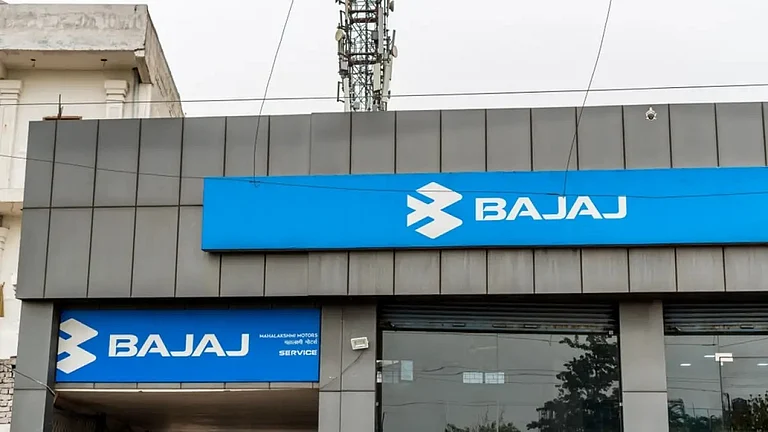Investors in the Indian equities market have found a favorite ride in automobile stocks. The Nifty Auto index has gained nearly 64% in the last two years, and risen 12% in the ongoing financial year so far. But, behind these revving engines, roaring enthusiasm of investors, and racing prices lies a very serious question—what is fuelling the speed?
Market is on Steroids
While the valuations have been a constant bone in the throat for Indian stocks, two-wheeler companies, in particular, seem to be pacing way ahead of their fundamentals. Investors have bet big on prominent names such as Bajaj Auto, Hero MotoCorp, and TVS Motor, which have thus pumped up the collective market cap of listed two-wheeler makers to a staggering $75bn. However, looking below the hood draws skepticism, given that the valuations stand completely out of proportion with realistic industry growth forecasts. This might just make one slam the brakes on this race.
For valuations and underlying fundamentals to move in tandem, these two-wheeler makers will need to sell a cumulative 2bn units on a discounted basis over next 30 years, Kotak Institutional Equities said in its report. Even with this 2bn figure, the brokerage has attributed 50% of the stock's worth to the financials expected after 30 years. This means that on a consolidated level, these companies would need to push 65mn-70mn units annually.
This is nearly double the peak expected size of India’s domestic two-wheeler market. The estimated peak two wheeler domestic annual volumes of Bajaj Auto, Hero, and TVS stands at around 35mn-40mn units for FY41, the brokerage firm said. Even a huge boom in exports is not likely to pull this number up to the required 70mn per year.
Now, considering that two-wheeler makers clock in cumulative sales of 40-mn each year for the next three decades, their market cap on a discounted basis, still comes around $20bn, far less than the current m-cap of $75bn. What this means is that investors are clearly eyeing unrealistic sales standards for these two-wheeler manufacturers, based on their current m-cap.
Long-term Reality
To justify their respective market capitalisation, Bajaj Auto needs to sell 25mn annually by FY41. In reality, the company has just sold 4.7mn units in FY25, which means it needs to grow its sales at a compound annual growth rate of 11% during the said period. Its sales had grown at a 3% CAGR in the last 10 years, suggesting that expectations of 11% growth remain a far-off idea.
Similarly, Eicher Motors would need to increase its annual volumes by 7.5 times in FY41 to justify its current market capitalisation. But, it seems that the company has already saturated its premium bike niche. Another fairy tale figure is 14mn implied annual sales of Hero MotoCorp by FY41 to justify its current stock price. The company had sold just 5.9mn two-wheelers in FY25.
And it gets worse, it gets compounded. The assumption is not just about scaling volume, but also on sustaining or expanding profitability, despite growing input costs, rising competition, and other cost pressures. While the valuation suggests that investors seem to have a belief that these juicy margins and expectations will last forever, the reality stands at the opposite end of the spectrum.
Riding on Vibes, not Viability
The macroeconomic condition of India has some natural ceiling. Even under optimistic assumptions, two wheelers’ penetration is expected to peak at around 75% of households by 2055, Kotak said. This suggests that the domestic two-wheeler population would reach a saturation point well before meeting the volumes implied by current valuations.
Kotak says that investors are disproportionately influenced by short-term data trends, such as monthly vehicle sales, and are failing to account for structural saturation and long-term volume constraints.
Although there is a long-term potential in India’s automobile sector, especially with the prospects surrounding electric vehicles and premiumisation, current valuations are pricing in a long shot, one that is far enough from reality to be considered dystopian. Hence, the sector is likely headed for a big pothole as they continue to pace up faster.































